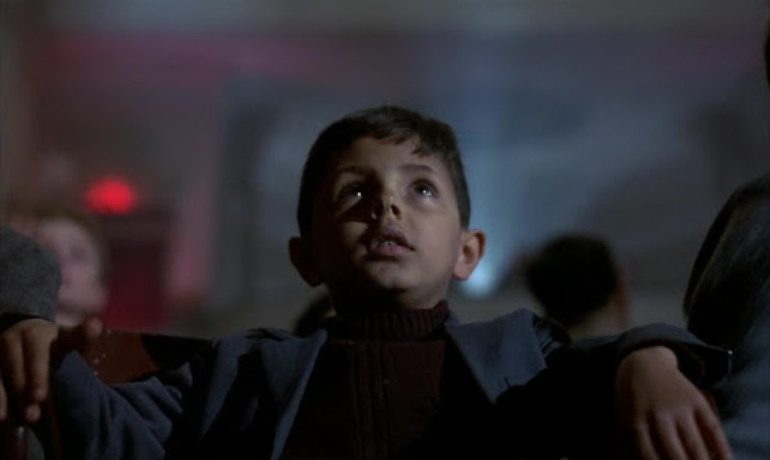

For many people, movie theaters were a joyous and special location for family and friends to come together and enjoy each other’s company. Kids would skip excitedly up to the theater’s lobby doors, parents would smile ruefully behind them, and couples would walk hand in hand up to the concessions counter. The buttery smell of fresh popcorn, the sugar rush from huge slushies, whispered reactions, dim lights, and huge screens made a movie theater outing a memorable experience. However, theaters are now associated with nostalgia and past fun, as movie theater attendance isn’t the same as a decade ago.
The quickest reason that comes to every person’s mind for this phenomenon is the Coronavirus. The pandemic is a substantial justification for why movie theaters have declined. The lockdown caused a complete halt of in-person moviegoing, which caused an inherent box office drop. 2019, ironically enough, was a huge year for the box office as Avengers: Endgame was released and people ran to theaters in droves. That year, the total earnings for theaters was roughly $11 billion. The next year, theaters saw an enormous 81% decrease. So there’s no doubt that COVID had an immediate negative effect on movie theaters.
However, if the lockdown was the only cause for the decline, the numbers should have increased to where they were by now. While profit has increased annually since 2020, it hasn’t returned to the previously established “normal”. Between 2009 and 2019, the average gross was roughly 10 billion a year. But since 2020, the average is about 5 billion—half of the profit from before. So it should be argued that the Coronavirus can’t be the only culprit for the lack of movie theater attendance.
So what are the other rationales? One major reason is the increased use and availability of films on streaming. Once again, COVID jump-started this trend, as streaming increased in 2020 by 300%. But once people could interact with each other once again, that didn’t quell the new dependence on streaming as a source of movies. Now, the average American uses about 3 streaming services. Companies like Netflix, Disney+, Max, Peacock, and Amazon Prime have thrived, creating their films and releasing them directly to their respective services instead of to theaters, almost unheard of until the last couple of years. When movie fans were polled they said that the qualities they valued for a streaming service are variety and availability of content, low cost, and ease of use, among others. Compared to theaters, it’s clear why they have become a less common movie-watching tool as theaters tend to provide a smaller, more selective pool of movies for a higher cost, which conflicts with the polled moviegoers’ preferences.
Finally, the last possible reason why movie theaters have fallen out of favor is simply the films being released often don’t warrant the extra expense needed to go out to a theater. The economy has been struggling with increasing inflation, so most fans spend money more carefully. Because of this, movies need to be worth the cost, and many have fallen short in the last few years. Fans are tired of films focusing more on success and profit than authentic storytelling. They would rather have smaller actors who objectively fit the roles than A-list actors who are cast simply for their notoriety.
Overall, movie theaters and their attendance aren’t what they once were. Now, when one walks into a theater, it’s often deserted and quiet. While COVID was the starting point of the decline, other factors assisted in the negative effects. But theater attendance is gradually rising annually, so hopefully, they will make a slow comeback to film culture. Will the numbers eventually plateau, leaving moviegoers with a new reality where theaters aren’t as relevant? Or will they eventually return to their former significance?
